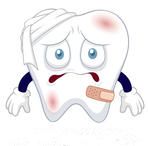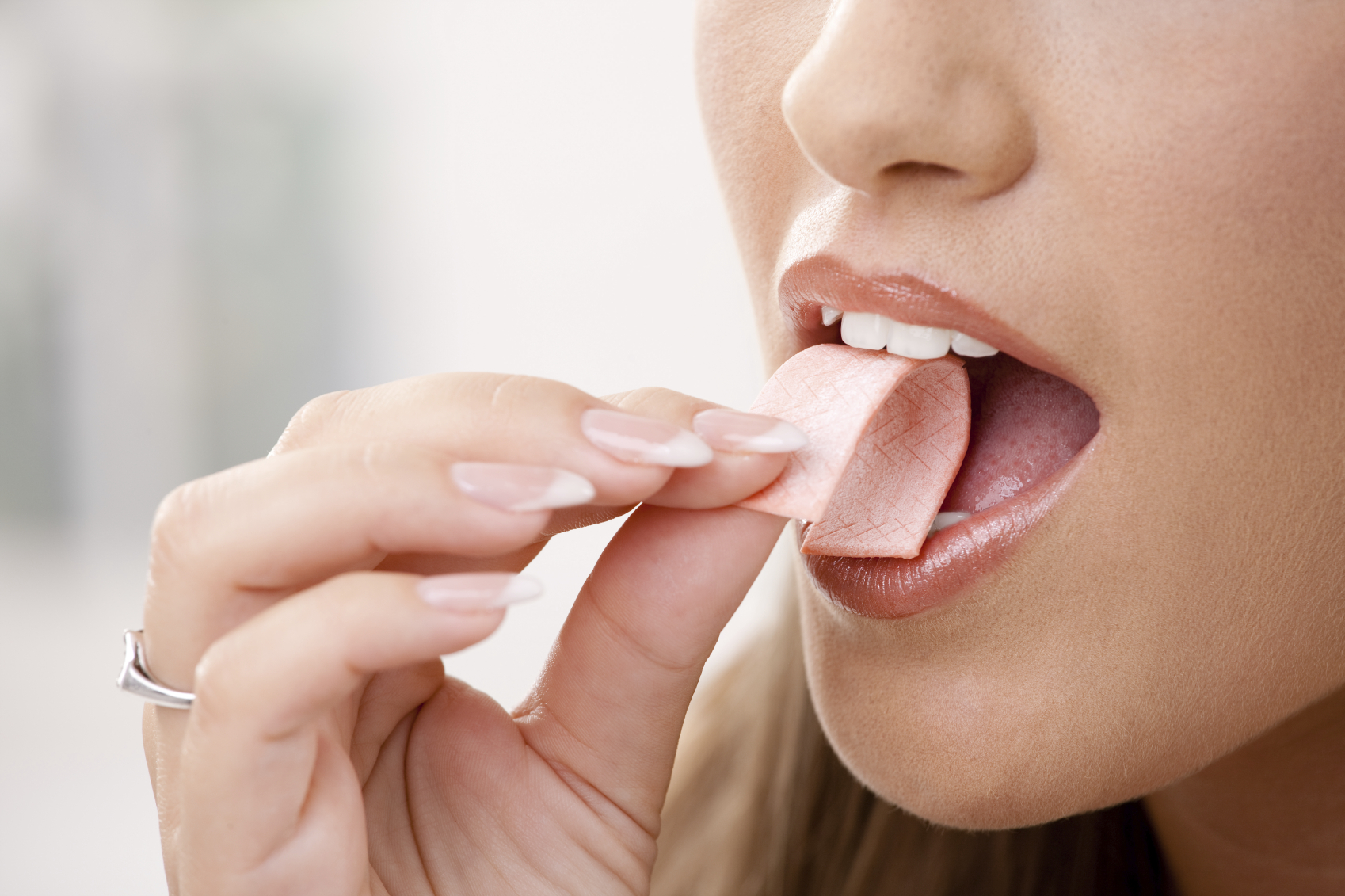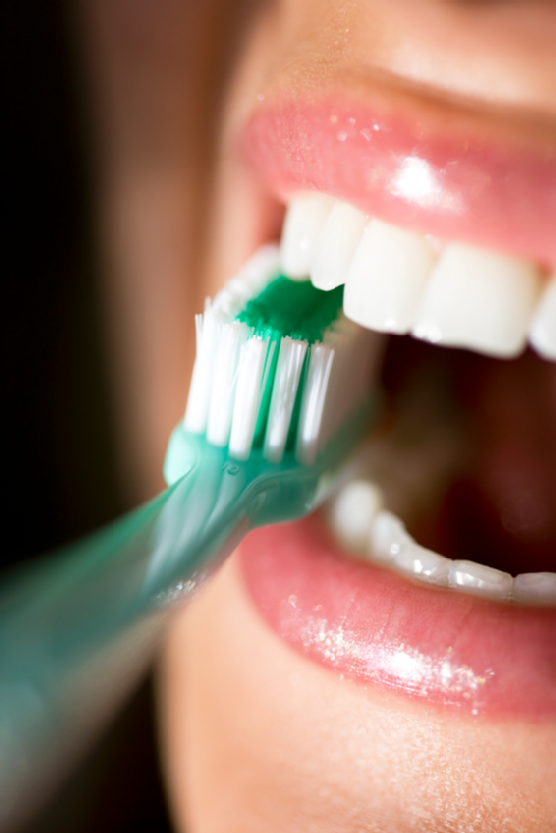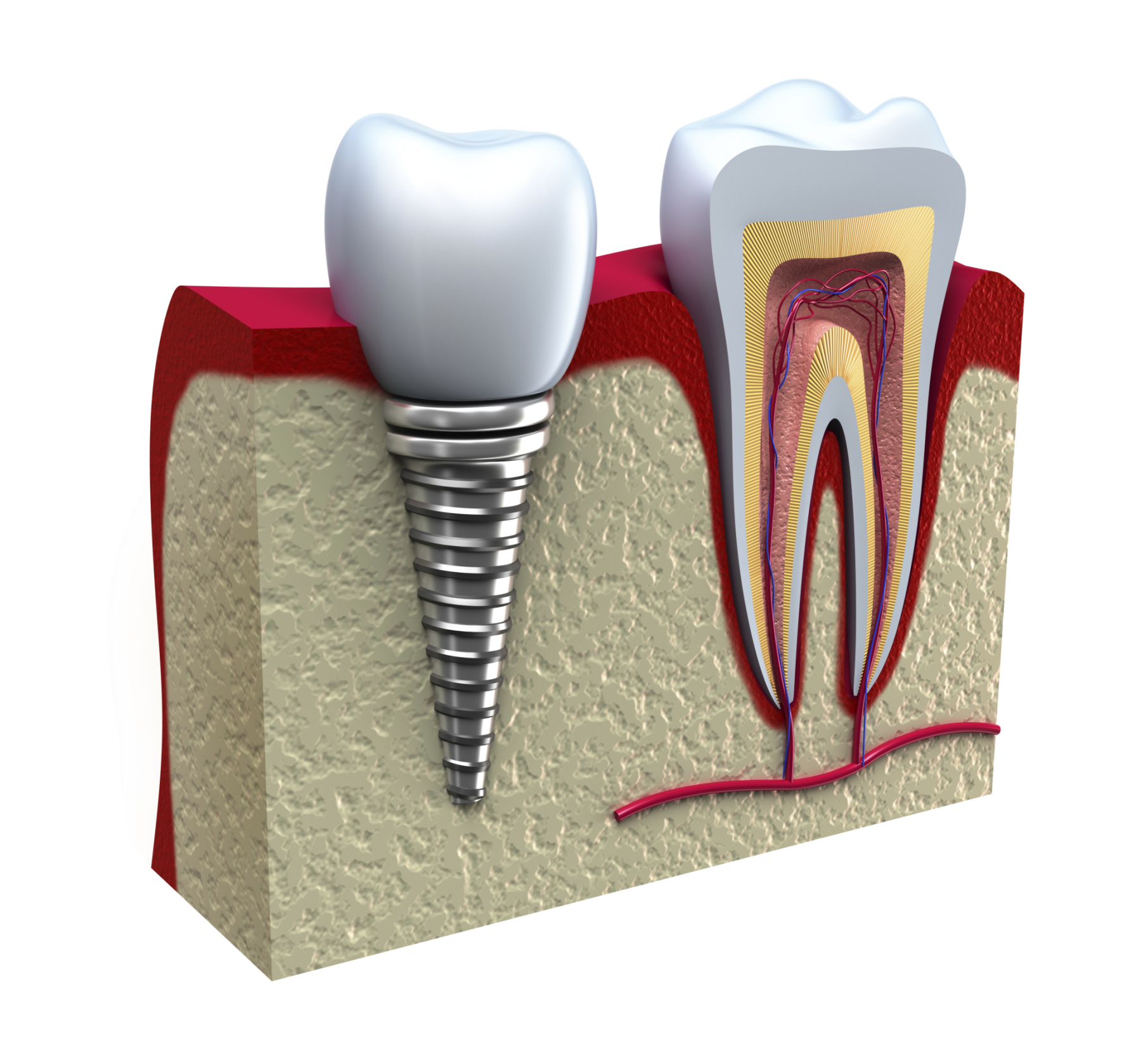Dental emergencies can strike at any time, causing pain and anxiety. In this guide, we’ll explore common dental emergencies, their causes, and practical steps for immediate relief. Whether it’s a sudden toothache or a knocked-out tooth, being prepared and informed can make all the difference in managing these situations effectively.
Understanding Dental Emergencies:
Dental emergencies encompass a range of urgent situations, from severe toothaches and broken teeth to injuries affecting the mouth and jaw. Recognizing the signs of a dental emergency is crucial for prompt action. Common issues include intense pain, swelling, bleeding, and damage to teeth or surrounding tissues.
Common Dental Emergencies:
- Toothaches: Causes, symptoms, and initial at-home remedies.
- Broken or Chipped Teeth: Immediate steps to take and the importance of saving any broken fragments.
- Knocked-Out Tooth: Quick response tips for the best chance of saving a dislodged tooth.
- Lost Fillings or Crowns: Temporary solutions until professional help is available.
First Aid for Dental Emergencies:
Effective first aid can alleviate pain and prevent further damage before reaching the dentist. Some families are prepared with an emergency first-aid kit which may include over-the-counter pain relievers, sterile gauze, a small container for a knocked-out tooth, and dental cement for temporary repairs.
Seeking Professional Help:
While temporary measures can provide immediate relief, consulting a dentist is crucial. The guide will outline the importance of contacting a dental professional promptly, even if the pain subsides, to address underlying issues and prevent potential complications.
In times of dental emergencies, knowledge and preparedness are key. By familiarizing yourself with common issues, knowing how to administer effective first aid, and seeking timely professional help, you can navigate dental emergencies with confidence, minimizing pain and ensuring the best possible outcomes for your oral health.
Interested in learning more? Call to schedule an appointment today at 702-735-2755 or visit us online at www.patricksimonedds.com today.
Dr. Patrick Simone proudly serves patients from Henderson and all surrounding areas.





